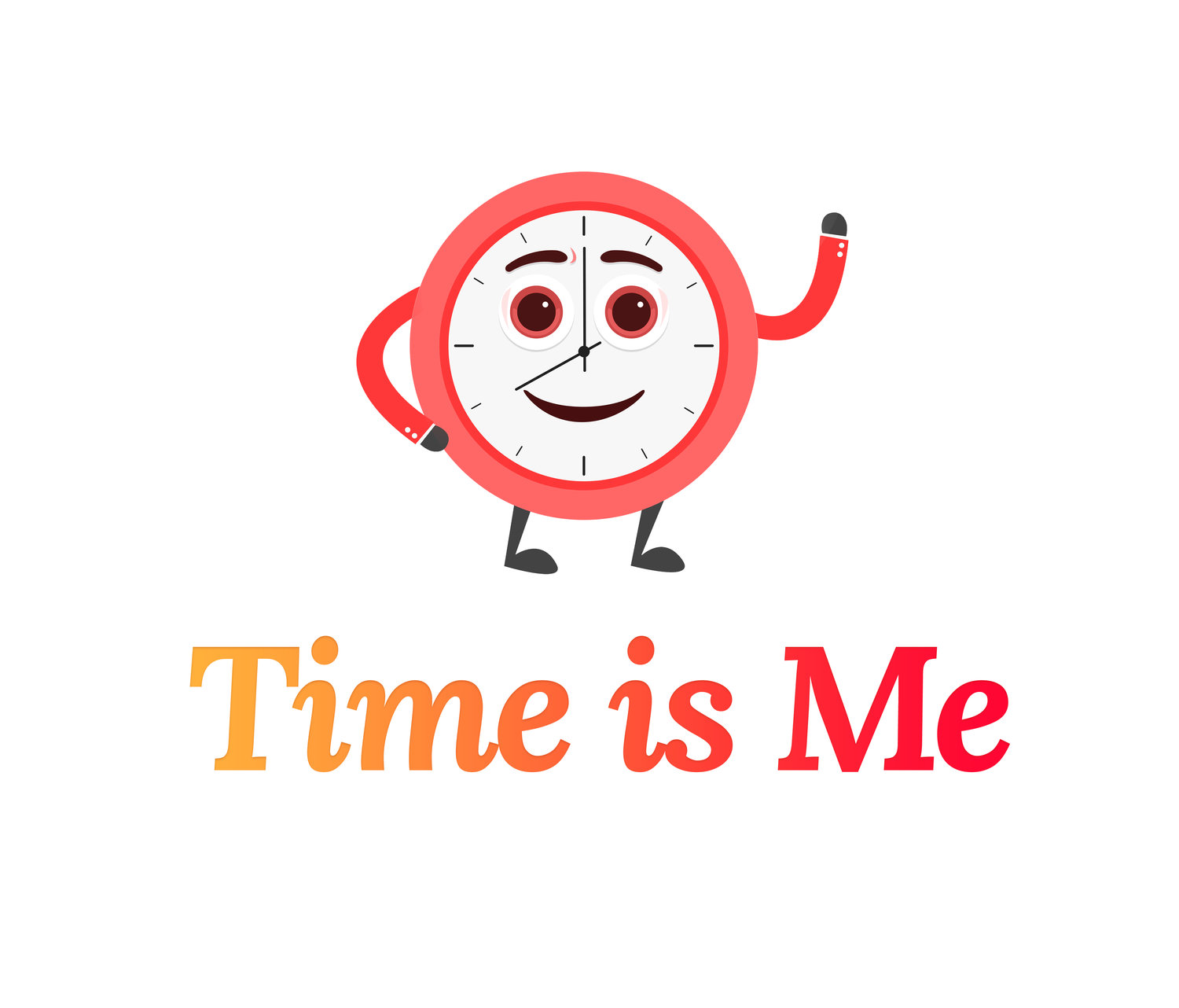It is common knowledge that distraction is bad for productivity. However, there are many different ideas on how bad it really is. For example, let’s say it takes 20 minutes to do a task and you stop for 2 minutes to do something else. On paper, that means it would take 22 minutes to complete the task. However, that's not actually the case if the task takes any type of concentration. The more concentration and thought required, the more damaging distraction will be. A task such as vacuuming or sweeping a floor will not be derailed significantly if the task is interrupted. It is simply a task that can be stopped and started again whenever. It will not take longer because one does not need to get back into focus for it. Whatever is on the floor will need to be cleaned, whether it’s 15 minutes, or 4, 8, and 3 minute segments.
However, it's different with tasks like reading a book, writing a blog post (like this one), setting goals and doing long-range planning. The distraction (i.e a phone call) may only be two minutes, but we must also take into account the time it takes to get back into focus again as well as lost momentum. That 20 minute task may become a 30 minute task just by the one two minute distraction.
This can be worse depending on how easily distracted you are, your work styles, your environment, and a lot of other factors. So the numbers can be different. For example, a person learning a new task will definitely be more derailed by distraction than someone who is experienced in the task because there is a lot of uncertainty in doing a new task and not sure if it’s being done right or how to do it. Also, some people might be quicker on certain tasks because they enjoy them more than others so that will mean there is more natural focus and less tendency towards distraction. This is not an exact science!
The time it takes to get back into a task could be determined by timing certain tasks and seeing how much distraction can affect the length of time to complete the tasks. This is where the time budget and time tracking tools come into play. There are well known methods for focus such as the Pomodoro Timer where there is a set time to focus on a task, for example 50 minutes, then take 10 minute break for all distractions like emails, social media, responding to missed calls and text, etc. It is also important to determine when the best time to focus is. It may be in the morning, after a cup of coffee or tea, in the evening, etc. Whenever you focus best is the time you should work on these tasks that require focus. There may also be times of the day that work better for certain tasks, this will be determined by you as you realize how you function. Again,everyone is different.
Another key to minimizing distraction is to get the big tasks done first and early in the day. This reference commonly referenced as “eat that frog” (book by Brian Tracy) will get the tasks that are concerning you out of the way so that you will be able to focus on the other tasks later in the day. I personally find this to be very helpful because undone tasks can bother me. I am way less productive if I am overwhelmed with tasks both big and small because I am constantly distracted by what has to be done. Unfortunately, in many work situations as an employee, you do not have control over what work to do. In the workplace there are so many distractions that you are frequently derailed from your plan for the day. For example, if I schedule what should be four hours of work for a eight hour work day, and I actually get through those tasks that I plan to focus on, then I am actually doing well, leaving the other half of day for tasks that come up the same day. This can certainly vary Nevertheless, the more practice that is done, the better this gets.


